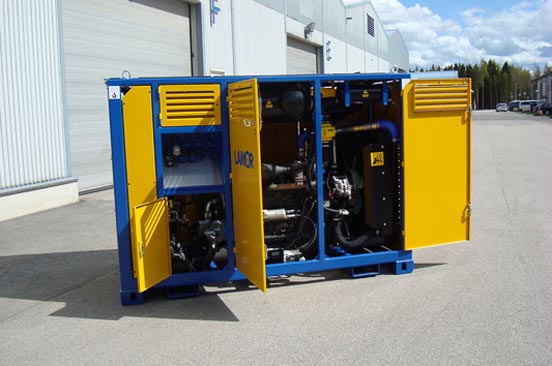The first thing to keep in mind when communicating changes to SWMS is to ensure that you’re talking to the right people. Who needs to know about the changes? Is it everyone on the team, or just those who will be directly impacted by the changes? Once you know who needs to be in the loop, it’s important to communicate the changes clearly and concisely.
One thing that can be really helpful is to use visual aids to illustrate the changes. This can include diagrams or flowcharts that show the new process or updated steps. This is especially helpful if the changes are complex or difficult to explain in words alone.
Another important aspect of effective communication is to give people time to ask questions and provide feedback. You want to make sure that everyone understands the changes and feels comfortable with them before implementing them. This can involve setting up meetings or one-on-one conversations with team members to discuss the changes in more detail.
It’s also a good idea to follow up with team members after the changes have been implemented. This can include asking for feedback on how the changes are working and whether there are any areas for improvement. This can help to ensure that the changes are effective and that everyone is on the same page.
When it comes to communicating changes to SWMS, it’s important to keep the big picture in mind. Why are these changes necessary? What are the potential risks or benefits of the changes? By providing context for the changes, you can help team members to understand why they are important and to get on board with the new process.
Finally, don’t forget about the importance of positive reinforcement. When team members do a great job implementing the changes, make sure to recognise and celebrate their efforts. This can help to build morale and create a positive team culture.
In summary, effective communication is key when it comes to changes to Safe Work Method Statements. By communicating clearly, using visual aids, giving people time to ask questions and provide feedback, following up, providing context, and offering positive reinforcement, you can help to ensure that the changes are successful and that everyone is on the same page. Thanks for tuning in, and I hope these tips help you communicate changes to SWMS more effectively.
Cheers,

![]()






